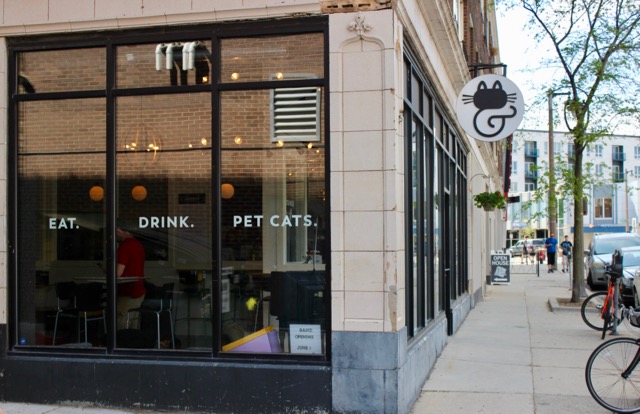

It hosts the Latazo vermutería, a joint with just three tables but many kinds of vermouth. Take the Antón Martín market in the heart of the city, with its small food stalls, grocery shops and bars - just about everything Madrileños need for the weekend. Installing a vermutería inside a market is also one of Madrid’s best innovations. His bijou bar can be found in the city’s Antón Martín market They differ from neighbourhood to neighbourhood and sell almost everything from socks to baby artichokes. Madrid’s markets - and their sheer variety - are among the city’s jewels. The food choice is limitedįYI: In the camaraderie of the market, you are likely to find yourself chatting to the Spanish group at the next table about their favourite vermouth Not so good for: Eating tapas or nibbles. Good for: Sipping Spanish vermouths while gazing at the gorgeous vegetables on sale in the market Latazo Antón Martín market, Calle de Santa Isabel 5, 28012 Madrid If you want a nibble to keep the drink company, Casa Camacho has impeccable cured anchovies, aubergine pickles, olives and ham. It is on the dry and bitter end of the vermouth scale, dangerously easy on the tongue, with an effervescent head, and served without ice. This last option is also known as Yayo, a house speciality that is a mixture of soda water, vermouth and gin. The bar’s house speciality is yayo: vermouth, soda water and gin This is a bar for vermouth.” He added: “The singing here is very bad anyway.” So if you are in a musical mood after a few Yayos, you should take it outside One of the owners said: “If you want to sing, go to karaoke. Standing at the bar is what this place is aboutįYI: As a sign in Casa Camacho explains, singing is strictly forbidden. Not so good for: Sitting down and slow drinking. Good for: A real vermutería experience in a five-generation-old family establishment Casa Camacho Calle de San Andrés 4, 28004 Madrid The bars are not only reviving Spain’s deep-rooted love for the drink they are also reinforcing the country’s vermouth culture, in all its ice-cubed, orange-peeled and bittersweet splendour. In vermuterías, the aperitif can be served from the tap or from dozens of different producers’ bottles. In fact, for several decades after the death of Francisco Franco, much of Spain recoiled against traditions, including la hora del vermut (vermouth time), which typically came just before Sunday lunch.īut now vermouth is having a moment again, and it’s converted me into a fan of this aromatic, fortified - and delicious - wine, with its potent charge of botanicals, herbs, fruit and spices. These are often traditional bars with an increasingly young and hip clientele. Vermuterías are scattered throughout the city - often small, intimate and historic taverns much prized by Madrileños as ideal places to let time roll slowly by to the clink of ice. And while you can drink vermouth in practically any bar here, it is the specialist taverns that stand out. But Madrid is beyond a doubt one of the best places in the world to consume it, where it’s served either neat, chilled, or on ice, and garnished with orange or lemon. The city isn’t the birthplace of vermouth - the drink’s origins go back to ancient Greece and early Chinese dynasties that feted it for its supposed medicinal properties (it is meant to settle the stomach).

Then I arrived in Madrid and all became clear. But vermouth? Who would drink vermouth on its own? The empire of wine is ever growing, tequila never goes out of fashion and beer is the ultimate refreshment. I thought of it as a mere cocktail ingredient, and with its bitter, dry taste, as relatively low in the hierarchy of drinks.

Follow along as we publish a new article each day on the best of the Spanish capitalīefore I lived in Spain, I made a woeful mistake: I didn’t appreciate vermouth. Simply sign up to the Eating and drinking in Madrid myFT Digest - delivered directly to your inbox.įT Globetrotter is launching a new guide to Madrid this week.


 0 kommentar(er)
0 kommentar(er)
